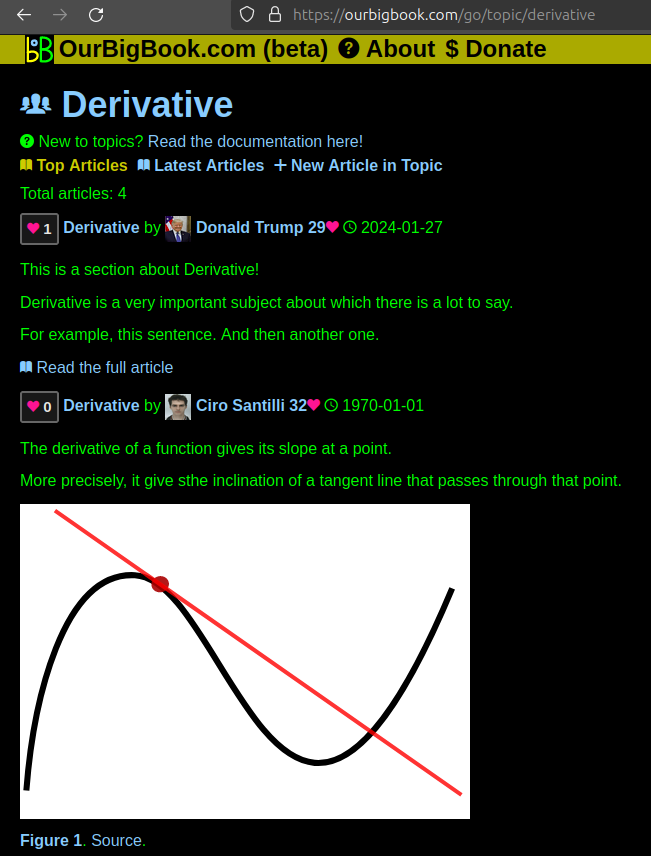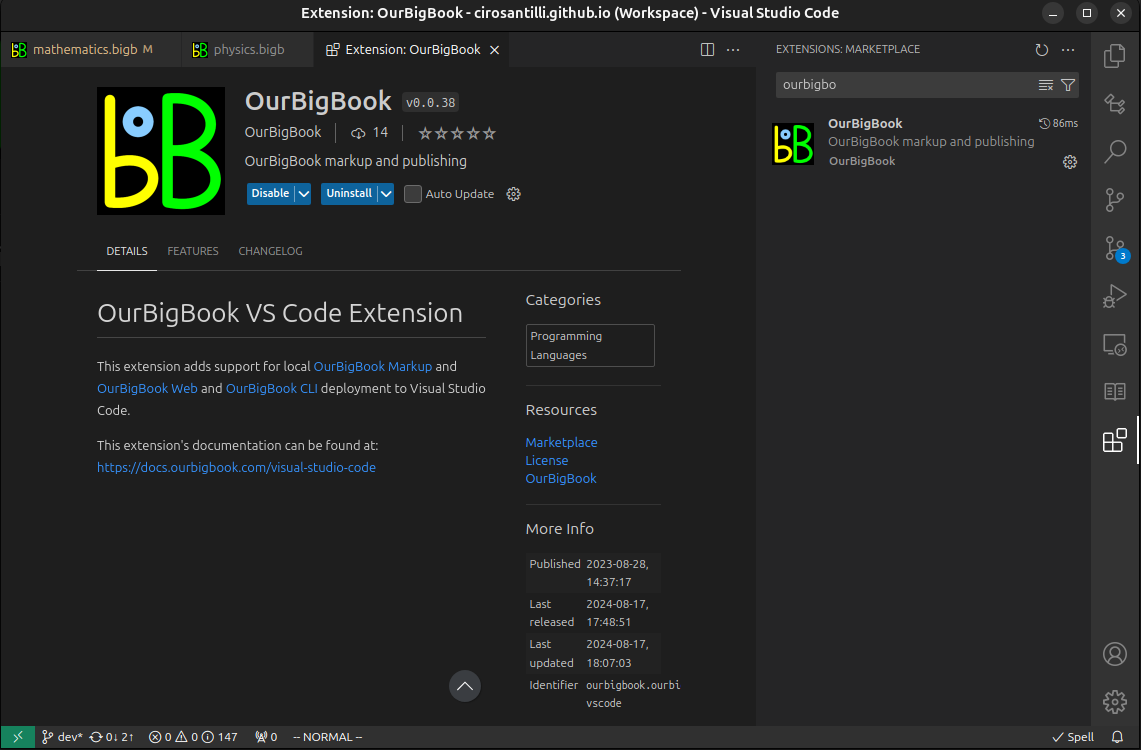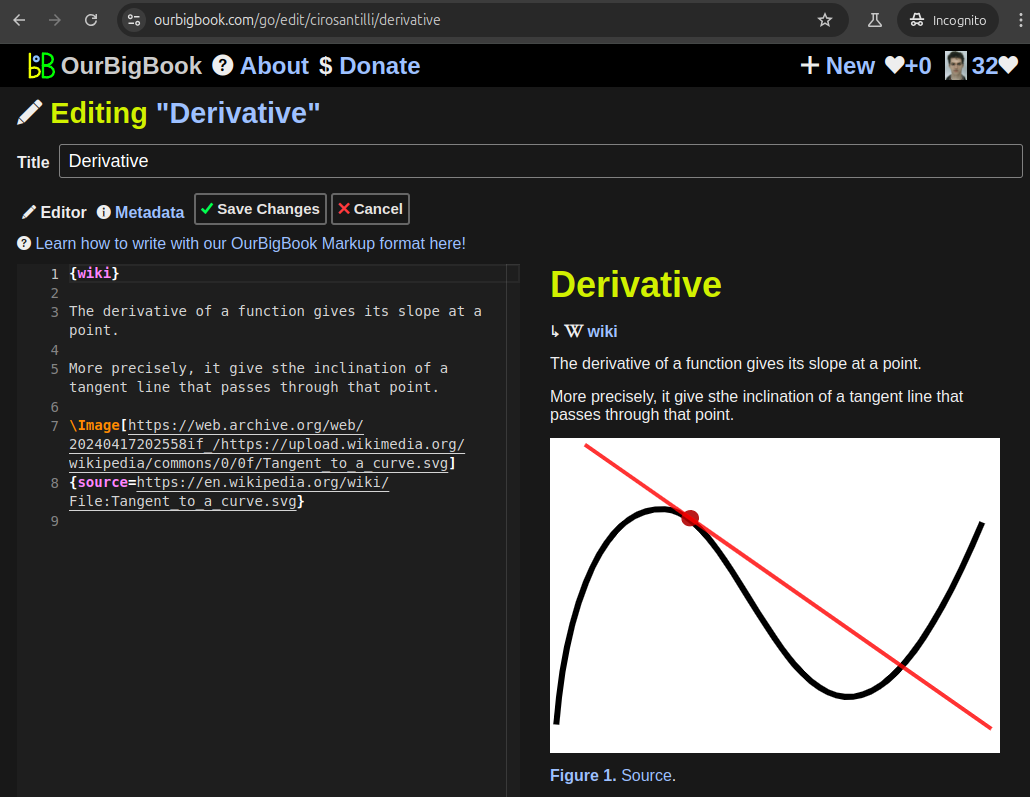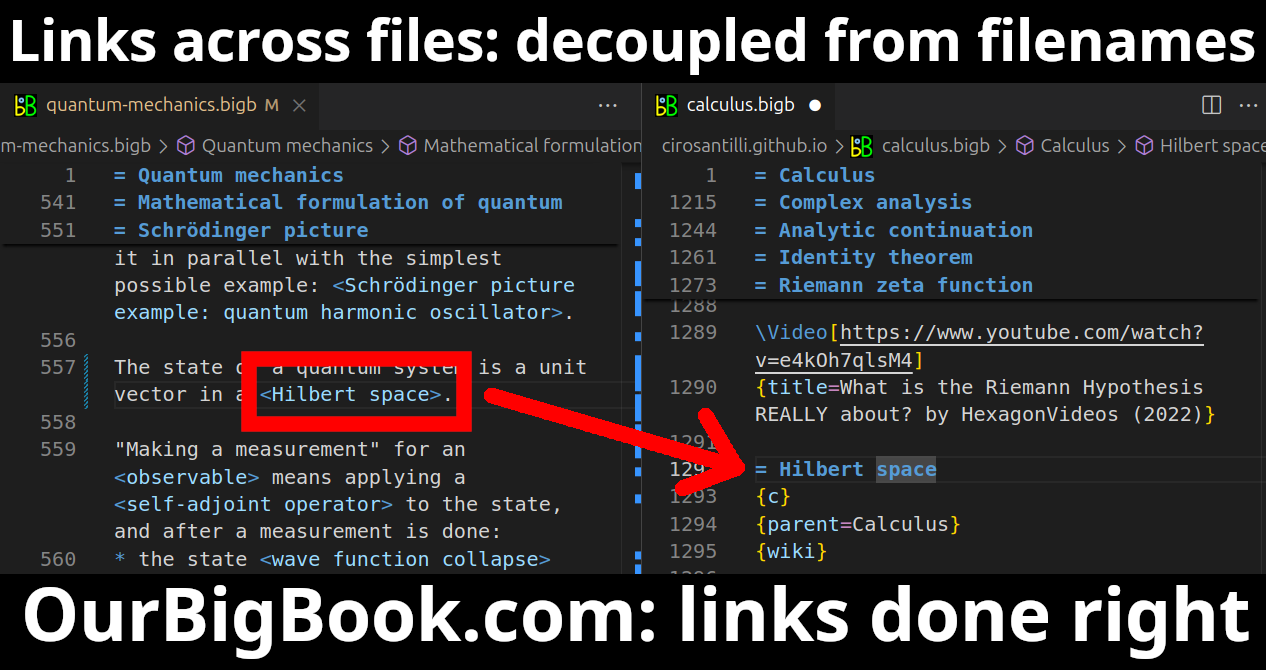Andrew Pullan is not a widely recognized public figure or concept in the information available up to October 2023. It is possible that he is a private individual, or there may be multiple individuals with that name in varying fields. Without additional context, it is difficult to provide specific information. If you have a particular area in mind—such as academia, business, arts, etc.—please provide more details!
Aneta Siemiginowska is an astrophysicist known for her work in the field of high-energy astrophysics, particularly focusing on black holes and active galactic nuclei (AGN). She has contributed to our understanding of the nature of supermassive black holes and their role in galaxy formation and evolution. Siemiginowska has published numerous scientific papers and has been involved in various research projects, often using data from space-based observatories such as the Chandra X-ray Observatory.
"An Exceptionally Simple Theory of Everything" is a paper authored by physicist *Erik Verlinde*, published in 2010. In this work, Verlinde proposes a novel approach to unifying the fundamental forces of nature, particularly gravity, with quantum mechanics, offering a new perspective on the nature of reality. The theory is notable for its simplicity and attempts to explain complex physical phenomena through straightforward, intuitive concepts.
Potting and stamping are terms used in various contexts, primarily in manufacturing, horticulture, and crafting. Here’s a brief overview of each: ### Potting 1. **Horticulture**: - **Definition**: In gardening, potting refers to the process of planting a plant in a pot or container.
In photography, the angle of view (AOV) refers to the extent of the observable world that can be captured by a camera lens at a given focal length and distance from the subject. It is typically measured in degrees and describes the width of the scene that the camera can capture horizontally and vertically.
PowerHouse is a programming language and development environment primarily used for building applications in the context of database management systems and enterprise applications. It was developed by a company called Cognos, which is now part of IBM. PowerHouse is often associated with the development of business applications, particularly for data manipulation and reporting.
Power-off testing is a diagnostic procedure often used to assess the reliability, functionality, and performance of electronic devices and systems by simulating a power loss scenario. This type of testing is crucial in evaluating how well a device can handle unexpected power interruptions and how it recovers from such events.
Anne-Laure Dalibard is a French researcher known for her work in the field of physics, particularly in areas related to atomic and molecular physics, as well as quantum technologies. Her contributions may include research on quantum optics, laser cooling, and the manipulation of quantum states of matter.
Ann Trenk is a mathematician known for her work in the fields of combinatorial optimization, graph theory, and discrete mathematics. She is a professor at the University of Florida and has made significant contributions to topics such as network design, covering problems, and approximation algorithms. Professor Trenk's research often involves studying the combinatorial properties of mathematical structures and exploring efficient algorithms for solving complex optimization problems.
Annual Fuel Utilization Efficiency (AFUE) is a measure used to evaluate the efficiency of heating appliances, such as furnaces and boilers. It indicates how effectively a heating system converts fuel into usable heat over the course of a year. The AFUE percentage represents the ratio of the annual heat output of the system to the total annual fuel input, expressed as a percentage.
Anode rays, also known as canal rays, are a type of positively charged particle beam observed in a discharge tube. They were discovered by Eugen Goldstein in 1886. Anode rays are produced when a high-voltage electrical discharge passes through a low-pressure gas, resulting in the ionization of the gas.
Ansaldo Energia is an Italian company that specializes in the design, manufacturing, and servicing of power generation equipment and systems. It is particularly known for its gas and steam turbines, as well as its services related to power plant operations and maintenance. Based in Genoa, Italy, the company has a significant presence in the global energy sector, supplying equipment for thermal and renewable power plants.
The Volterra series is a mathematical framework used to represent nonlinear systems in terms of their input-output relationships. Named after the Italian mathematician Vito Volterra, this series generalizes the concept of a Taylor series to handle nonlinear dynamics. ### Key Concepts: 1. **Nonlinearity**: Unlike linear systems, where output is directly proportional to input, nonlinear systems exhibit more complex behaviors. The Volterra series captures these nonlinearities systematically.
An antilinear map (or antilinear transformation) is a type of function between two vector spaces that preserves the structure of the spaces in a specific way, but differs from a linear map in terms of how it handles scalar multiplication.
The anti-nuclear movement is a social and political movement aimed at opposing the use of nuclear energy and nuclear weapons. This movement has evolved since the mid-20th century, gaining prominence during the Cold War as concerns about nuclear weapons proliferation and the potential for nuclear war grew.
"Ant-Man and the Wasp" is a superhero film produced by Marvel Studios and released by Walt Disney Pictures. It is a sequel to 2015's "Ant-Man" and is part of the Marvel Cinematic Universe (MCU). Released in July 2018, the film is directed by Peyton Reed and stars Paul Rudd as Scott Lang/Ant-Man and Evangeline Lilly as Hope van Dyne/The Wasp.
Antonio Cagnoli (1762–1828) was an Italian astronomer and mathematician known for his contributions to celestial mechanics and astronomy. He is notable for his work in mapping the moon and for his studies related to the orbits of celestial bodies. Cagnoli was also involved in the publication of astronomical charts and contributed to the advancement of the sciences in Italy during his time. His legacy includes his role in the development of observational techniques and mathematical methods in astronomy.
Volume-regulated anion channels (VRACs) are a type of ion channel found in the cell membrane that play a crucial role in cellular volume regulation. They are activated in response to cell swelling, which can occur in various physiological and pathological conditions. When cells swell, they need to release ions and other small solutes to restore their original volume.
Aoshima Bunka Kyozai is a Japanese company known for producing educational materials and model kits. Founded in 1978, it specializes in creating high-quality models of various subjects, including vehicles, architecture, and figures. The company is particularly recognized for its detailed plastic model kits, which cater to hobbyists and collectors. Aoshima's products are often celebrated for their accuracy and craftsmanship, and they include a wide range of themes, from anime and manga to historical models.
Pinned article: Introduction to the OurBigBook Project
Welcome to the OurBigBook Project! Our goal is to create the perfect publishing platform for STEM subjects, and get university-level students to write the best free STEM tutorials ever.
Everyone is welcome to create an account and play with the site: ourbigbook.com/go/register. We belive that students themselves can write amazing tutorials, but teachers are welcome too. You can write about anything you want, it doesn't have to be STEM or even educational. Silly test content is very welcome and you won't be penalized in any way. Just keep it legal!
Intro to OurBigBook
. Source. We have two killer features:
- topics: topics group articles by different users with the same title, e.g. here is the topic for the "Fundamental Theorem of Calculus" ourbigbook.com/go/topic/fundamental-theorem-of-calculusArticles of different users are sorted by upvote within each article page. This feature is a bit like:
- a Wikipedia where each user can have their own version of each article
- a Q&A website like Stack Overflow, where multiple people can give their views on a given topic, and the best ones are sorted by upvote. Except you don't need to wait for someone to ask first, and any topic goes, no matter how narrow or broad
This feature makes it possible for readers to find better explanations of any topic created by other writers. And it allows writers to create an explanation in a place that readers might actually find it.Figure 1. Screenshot of the "Derivative" topic page. View it live at: ourbigbook.com/go/topic/derivativeVideo 2. OurBigBook Web topics demo. Source. - local editing: you can store all your personal knowledge base content locally in a plaintext markup format that can be edited locally and published either:This way you can be sure that even if OurBigBook.com were to go down one day (which we have no plans to do as it is quite cheap to host!), your content will still be perfectly readable as a static site.
- to OurBigBook.com to get awesome multi-user features like topics and likes
- as HTML files to a static website, which you can host yourself for free on many external providers like GitHub Pages, and remain in full control
Figure 3. Visual Studio Code extension installation.Figure 4. Visual Studio Code extension tree navigation.Figure 5. Web editor. You can also edit articles on the Web editor without installing anything locally.Video 3. Edit locally and publish demo. Source. This shows editing OurBigBook Markup and publishing it using the Visual Studio Code extension.Video 4. OurBigBook Visual Studio Code extension editing and navigation demo. Source. - Infinitely deep tables of contents:
All our software is open source and hosted at: github.com/ourbigbook/ourbigbook
Further documentation can be found at: docs.ourbigbook.com
Feel free to reach our to us for any help or suggestions: docs.ourbigbook.com/#contact






